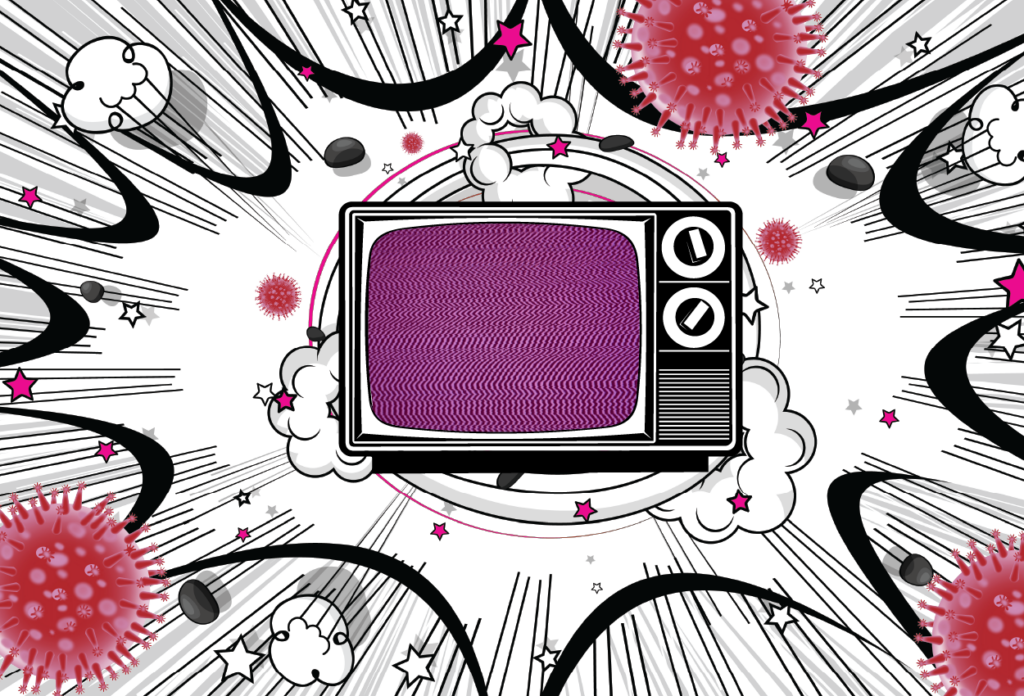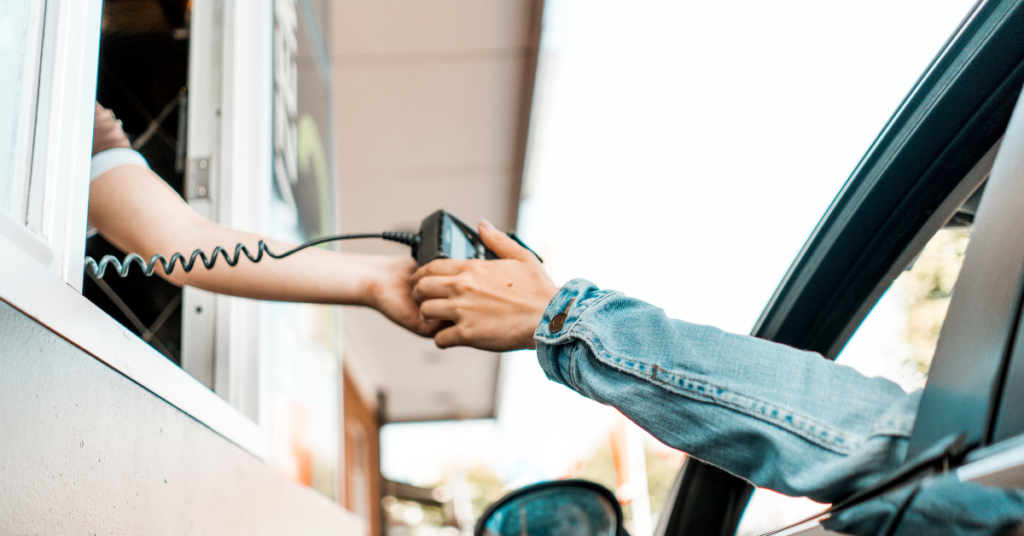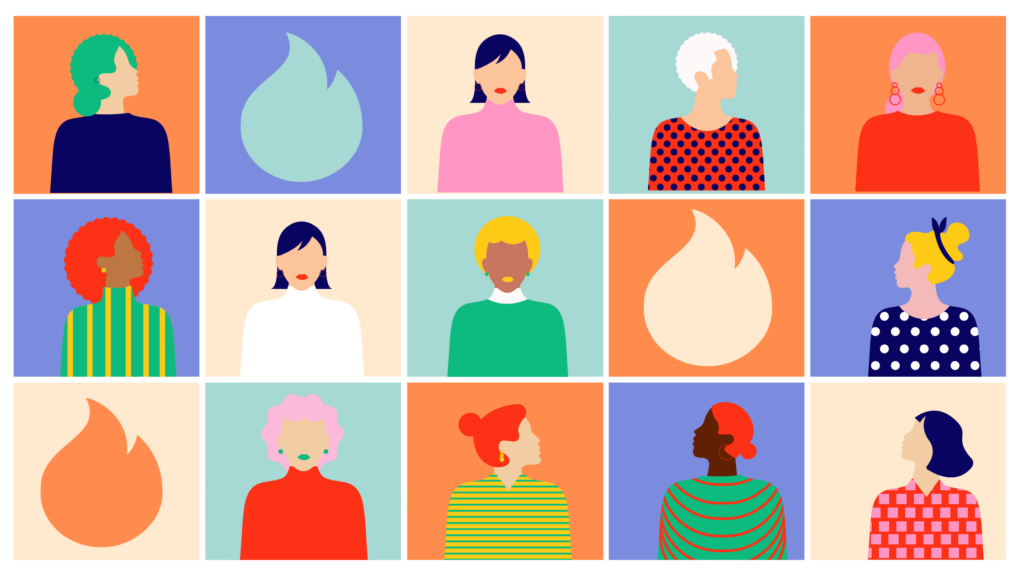This blog started out very differently two weeks ago when I started it. I started this as rolling news was coming out by the hour of how live American sports were being cancelled and my angle was to discuss what that meant for advertisers, media outlets, and the viewing audience. That was soon eclipsed by the global impact COVID-19 was having.
As a media company the last week has been busy to say the least. We have many advertisers pausing their campaigns while others try to come up with the right message for an anxious public. While we’re not working with our clients, we’re working with media vendors whose business has quite literally been thrown upside down. You have television networks feverishly working to fill gaps in their program schedules, out-of-home companies discussing how to handle messages being present on mass transit systems that are now empty, movie theaters that are mandated to be closed, and working to pioneer new ways to handle the rippling effects of COVID-19 in the media ecosystem.
You’ve probably seen some national brands come out -maybe a few local- that are taking action to use their brand and media as a vehicle for good, as it was originally intended to be. Brands like Ford quickly pulled their vehicle ads to replace them with a coronavirus response campaign. This unfortunately though is a rare case but is an awesome example of what responsible advertising looks like. To the people who support your brand – it’s because your brand has a voice. Your brand actually means something to them greater than the product or service.
In today’s age it’s expected for you to use that voice and power for good, whereas decades past socially responsible messages were found irrelevant. If you follow me on LinkedIn then you saw my battle cry to brands encouraging them not to run away from people now. People notice when you’re there in the good times, and even more so, in bad times. Now is not the time to be silent when people are looking for inspiration and more information. Now is the time to do some good with your message, ditch the sales pitch and help educate, inform and inspire people to help make a difference in their lives and so many others. What you’ll hear a lot from our team is that doing good always pays off in the end.
The channels that you project your brand’s voice across are powerful. I had a coach once tell me when I was working in broadcast news that the camera is a magnifying glass for authenticity, people will quickly see right through someone. Remember that, because the same goes for your brand. People are smart and more aware of advertising and its impact, so when you’re out there with your message, or not, your patrons know the intent behind the brand. If you can be there for people in not just the good times but also the bad, you have an unbreakable connection with people because you’ve built loyalty.
While we’re very much focused on the job at hand with our clients and helping them navigate these unchartered waters across linear, digital, and social media channels, we’re also focused on how people are adapting to the “new norms” of our society in order to best optimize how we’re engaging with people. Below is some research from a few of the media and audience tools that we have in-house here at Campfire that I found interesting:
• We’re seeing increased television viewing across the board. We compared Monday, March 18, 2019’s ratings data, to initial data from Monday, March 16, 2020. In Baltimore, Maryland, March 16, 2020 was the first day people were forced to live the new reality of no school, no gyms, recommended work from home and no gatherings over 50 people. By comparing the Baltimore-based initial data set, we see that there was a clear increase in the aggregate of local news ratings by 45%, and the share for the local newscasts grew by almost 10%. (comScore)
• 95% of people say they’re spending more time on in-home media consumption / activities Unsurprisingly, the biggest spike is for watching more news coverage; 2 in 3 are spending more time doing this (half of whom say they are spending significantly more time on it). Age can be a huge influencer over behaviors here; Gen Z are seven times as likely as boomers to report increased usage of music streaming services, and over ten times as likely to be creating and/or uploading videos. Conversely, boomers are the most likely to be watching more TV on broadcast channels. (GWI)
• Smartphone usage is up significantly. 70% globally say they are spending more time on their smartphone, climbing above 80% for Gen Z. Increased usage of PCs / desktops is led by boomers. For many other devices, increased usage is highest among Gen Z and then falls in line with age; this pattern is particularly pronounced for laptops, smartphones and smartwatches. Millennials show the highest increased usage of games consoles, smart speakers and tablets. By gender, women are ahead for increased usage of smartphones and tablets, but men lead for games consoles, laptops, PCs, smart speakers and smart TV and other media streaming devices. Location can make a big difference here: over three quarters of urban respondents are spending more time on their smartphones, compared to just under half of rural consumers. (GWI)
• Views on advertising are polarized. When asked if brands should carry on advertising as normal, just over a third agree, just over a quarter disagree and just over a third aren’t sure. Globally, people are most in favor of brands responding to the outbreak by providing flexible payment terms (83%), offering free services (81%), closing non-essential stores (79%) and helping to produce essential supplies (67%). All of these score significantly more than the 37% who think they should carry on advertising as normal. (GWI)
• Beyond TV and media connectivity, people all over the world are using social media to help drive the conversation as well as to stay connected, informed and opinionated. According to Nielsen’s Social Content Ratings data, a snapshot from January through February 2020 showed that at its peak the social conversation mentioning either “coronavirus” or “COVID-19,” there were 110,000 TV-related Tweets mentioning these two keywords. (Nielsen)
Take care of yourselves and stay updated with us across our social channels. And if you’re wondering what we’re doing to practice what we preach, below are two ads we created in an afternoon and have running on air to support businesses in our home state of Maine. StayHomeMaine.com
Stay safe. Stay healthy. Stay informed. Stay creative. Stay curious. Stay kind. Stay home.






